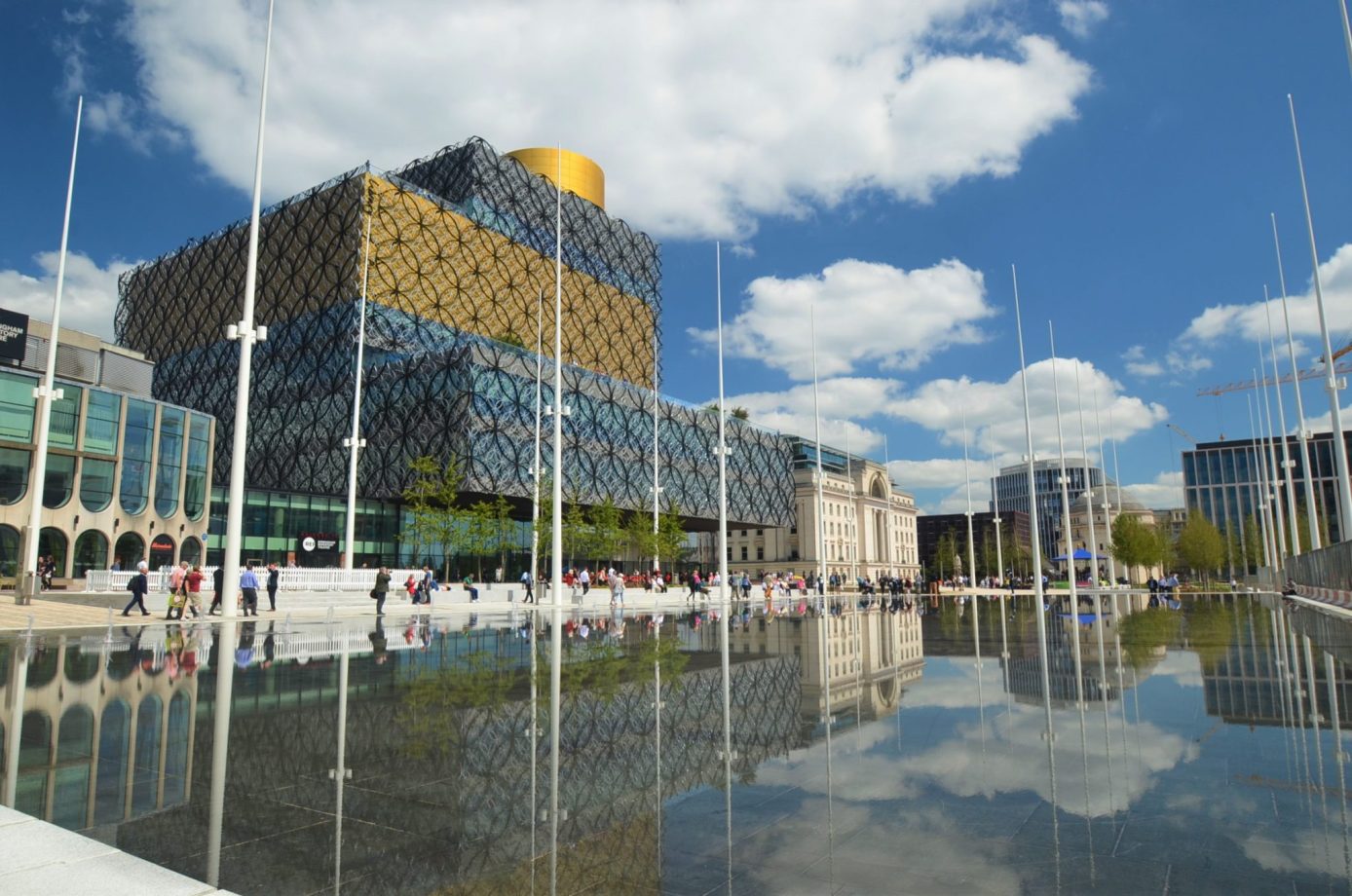The popularity of public realm

By Ken Trew, senior projects director with Argent
The re-opening of Centenary Square brings Birmingham one step closer to creating the next generation of public space across the city.
What this important new piece of public realm brings is more than just new open space or a new route into Westside and across to the Jewellery Quarter. It’s a place to meet and catch up. And a place to relax and spend time in.
Blending old and new architecture, providing the right setting for statues and other public art and ensuring access is maintained 24 hours a day, all extends the life and vitality of squares.
Public realm that works well has to do so in many different ways. It needs to be successful as a piece of urban design, landscape architecture, heritage conservation and community engagement, as well as working economically and ecologically.
Taking all of these competing priorities into account is a difficult mix to get right. But you know when it works. You only have to stand in Trafalgar Square in London, Grand Place in Brussels, the Piazza del Campo in Siena or St Peter’s Square in Rome to view their unique design, feel the vibe that comes from their steady stream of visitors, or marvel at the surrounding landmarks.
Three key interfaces are at play in all of these locations: access to and from the rest of the city, the relationship with neighbouring buildings and different styles of architecture, and what people – and communities – can do in the space, such as relax, people watch, eat and drink.
Getting these interfaces right elevates a good square to a great one.
Centenary Square feels positive already in the sense of how busy it is and how welcoming people find it. In many ways it has lots of classical proportions, especially in terms of size, scale and finishes. It is both polished and tactile, grandiose yet intimate. Crucially, it successfully pays homage to the buildings that surround it, especially the historical Baskerville House and Hall of Memory.
It is also a stage for the other buildings around it – the Library, the Rep, Symphony Hall, Arena Central. The design of Centenary Square retains elements of the old square but lifts it to another level. With more active frontages towards the western end this creates a quieter side at the eastern end around the Hall of Memory, arguably the square’s most important feature.
The square is an important neighbour for Paradise.
Chamberlain Square, re-opening at the end of this year, is even more important in its historical setting. Of all of Birmingham’s public squares, this is perhaps the most important to get right.
This is the square, above all others, where people sit and spend time in. Where they can enjoy activities and events, a drink or a meal, all while taking in its stepped curves and sweeping views. It’s somewhere people can feel part of something bigger – the city itself, its fabric and its history.
With the Town Hall and Museum & Art Gallery facing onto the square, it has an important role to play in welcoming people not just to Paradise, but to the whole of Birmingham.
For almost a hundred and fifty years this has been an important crossroads and meeting point for Brummies and visitors alike. It should again be a place of pride and connection for the city. And where one – if not the greatest – of the city’s sons, Joseph Chamberlain, is commemorated.
Great squares are part of the historic fabric of the cities – and countries – they represent. Think Parliament Square. Tiananmen. Red. Washington’s National Mall. These are places that live and breathe history. They are important destinations in their own right that people naturally gravitate toward.
Today it is also about forming the backdrop to people’s photos and social media posts. The locations where images are taken and instantly tagged, recorded, stored and remembered. They become embedded in personal and social histories.
As creators of public realm we are both custodians and curators of those memories, both individual and collective. And few things are more important than that.